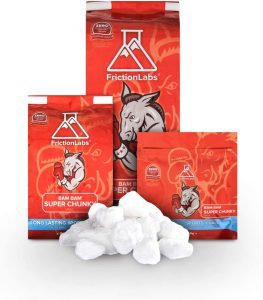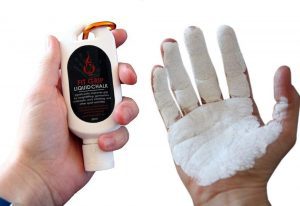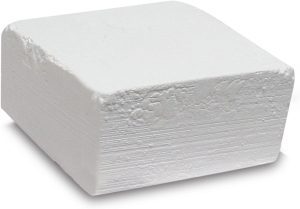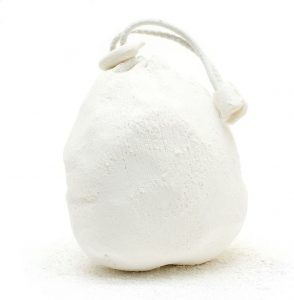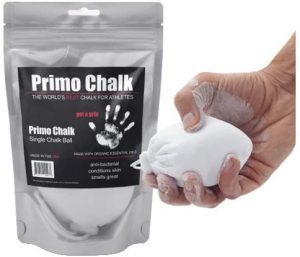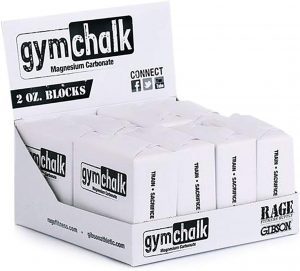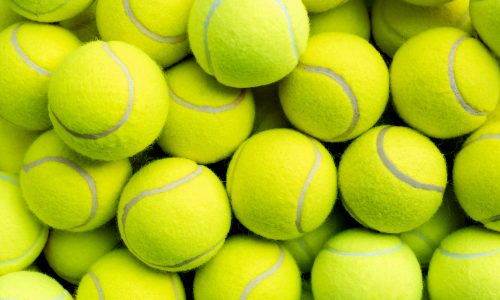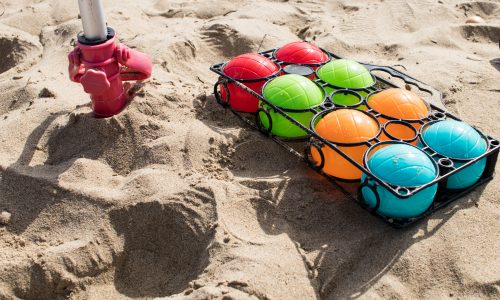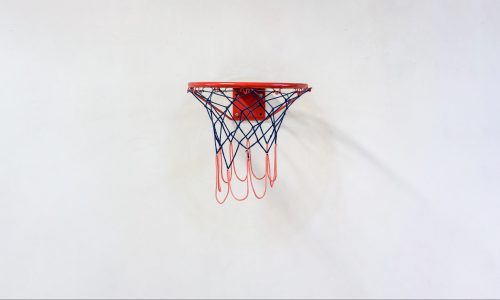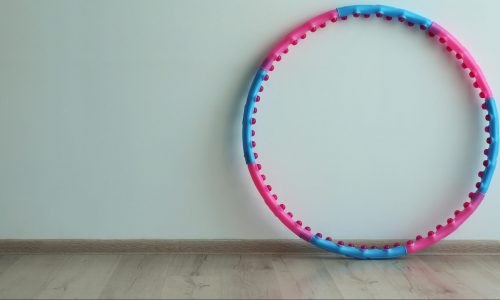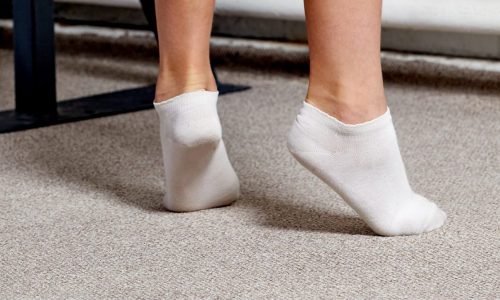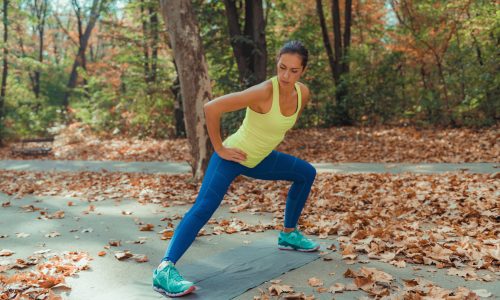The Best Lifting Chalk
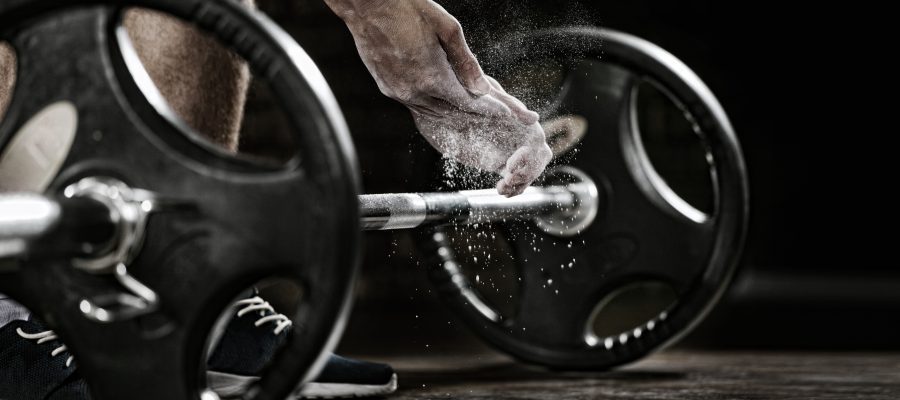
Our Review Process
Don't Waste Your Money is focused on helping you make the best purchasing decision. Our team of experts spends hundreds of hours analyzing, testing, and researching products so you don't have to. Learn more.
Our Picks For The Top Lifting Chalks
This lifting chalk is free of silica and pigments to keep both kids and adults skin healthy. The pure formulation is designed to last longer so you won't have to stop and re-chalk as often. The powder fills in the ridges in your fingerprints to give you a better grip.
Multiple UsesThe manufacturers of this chalk strip out the fillers and chemicals that dry out hands to create a more skin-friendly option.
If you're in a venue that has prohibited powder chalk, this liquid chalk can be a great alternative. You can choose 50-milliliter or 250-milliliter bottles, along with multipacks that will give you a supply that will last. The quick-dry, sweat-resistant formula will keep your grip going strong for longer with no need to reapply.
Full CoverageThis liquid lifting chalk is formulated to dry quickly and leave little residue behind.
With this lifting chalk block, you get 2 ounces of magnesium carbonate that you can break into individual chunks. The chunks break away easy and you can then store them in containers or pouches to use as needed. The chalk is free of pigments.
Good GripThis 2-ounce chalk block can be broken up into smaller portions and stored in a zippered pouch for long-term use.
Free of pigments, this 2.3-ounce chalk ball is a great way to keep your hands dry. It ships in a resealable zipper bag that lets you take chalk as you need it and keep the rest secured. You can take the chalk ball with you anywhere to absorb moisture and apply more chalk.
Less MessyThis lifting chalk comes in a 65-gram (2.3-ounce) ball that allows you to take it on the go with you.
Buying Guide
Sweaty palms can be a problem when you need a firm grip. That’s why athletes use lifting chalk. From gymnasts to powerlifters to rock climbers, there’s a place in every supply kit for lifting chalk.
The right lifting chalk will absorb sweat, giving your skin the texture you need to grip surfaces without worrying about slipping. Unfortunately, some lifting chalk can be messy, which means you’ll leave residue on every surface you touch. That’s why it’s important to search for the chalk that’s best suited for your sport.
There are two major types of lifting chalk. The best known is powder chalk, which is made from magnesium carbonate. The messiness of powder chalk has led many gyms to ban it, though, which has created a demand for a less messy option: liquid chalk.
Liquid chalk is magnesium carbonate in liquid form. Some types of liquid chalk are just as effective as powder chalk without the mess. These often come in small tubes that you can keep in your pocket during your workout or practice. One big drawback to liquid chalk, however, is that it has to be reapplied often. Having to stop what you’re doing to re-chalk can be an inconvenience. Powder chalk requires less frequent reapplication.
Improved performance is only one reason to use powder or liquid chalk, however. Chalk helps reduce friction, and friction can cause calluses and blisters to form. So by chalking your hands before you work out, practice or compete, you’re giving your hands some protection. However, it’s important to note that using chalk doesn’t guarantee you’ll never get calluses or blisters.
What to Look For
- One of the best tests of a chalk is how long it lasts. Try your new chalk out a few times and monitor closely how often you have to reapply. There are powder chalks that will last longer than others, so if you feel like yours isn’t lasting long enough, start shopping around for alternatives.
- If you’re using chalk in a shared space, be polite and clean up after yourself if you leave residue behind. Neglecting to clean up your messes could lead to it being banned the next time you visit that location.
- Lifting chalk is not the same as the type of chalk you see used on blackboards. The design of lifting chalk is different. It’s specially formulated to improve an athlete’s grip, while blackboard chalk is simply designed for writing. It’s important to make sure you’re getting the right kind of chalk to get the benefits you expect.
- Health-conscious athletes are often concerned about chemicals and dyes. You can find chalks that keep things as natural as possible. Some even use organic ingredients to ensure the chalk lasts longer to avoid the need for reapplication.
- If you have skin sensitivities, you’ll likely want to look around for a chalk formulated to keep skin safe. To be extra cautious, try out any chalk on a small section of your skin before using it.
- Powder chalk often comes in blocks you need to break off. Some chalk comes in a bag designed for you to reach in and chalk your hands.
- With liquid chalk, you can get smaller bottles that are easy to slip into your pocket or hang on your belt loop.
- Scent is an important consideration when you’re choosing a chalk. Some manufacturers add scent to their chalk, and this can be perfumed in nature, so make sure before you buy that you aren’t stuck with a chalk that has an odor you find unpleasant.
- If you choose powder chalk, you can typically store the chunks in a zippered storage bag. This should keep it from getting wet. Keep it in a cool, dry place between uses.
- Chalk balls store chalk inside of a ball-shaped fabric. They’re useful for preventing the spills you can get with a bag of loose chalk, and holding the ball in your hands can help absorb moisture.
More to Explore
If you’re having a problem with ants, chalk could be your answer. All you have to do is draw a line on the chalk or a surface in your home to keep ants out. Chalk contains calcium carbonate, which gets in the way of the ant’s ability to smell other ants.
For best results, draw your chalk line extra thick and make sure it’s in the direct path of oncoming ants. You want to disrupt the ant trail. For indoor ants, this means you’ll need to first determine where the ant trail is and then draw a line crossing that path. This is the best option for stopping the ant trail outdoors. Indoors, you can use baking soda to keep ants from crossing a barrier farther into the house.

